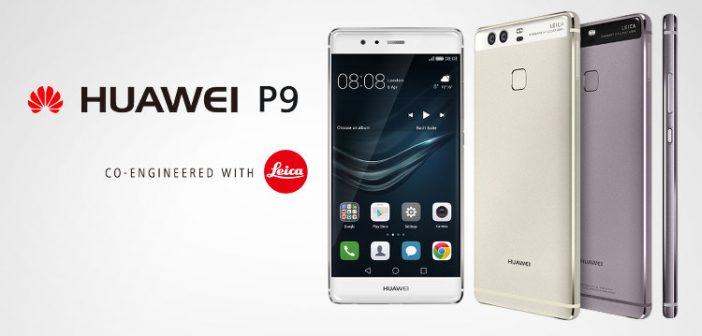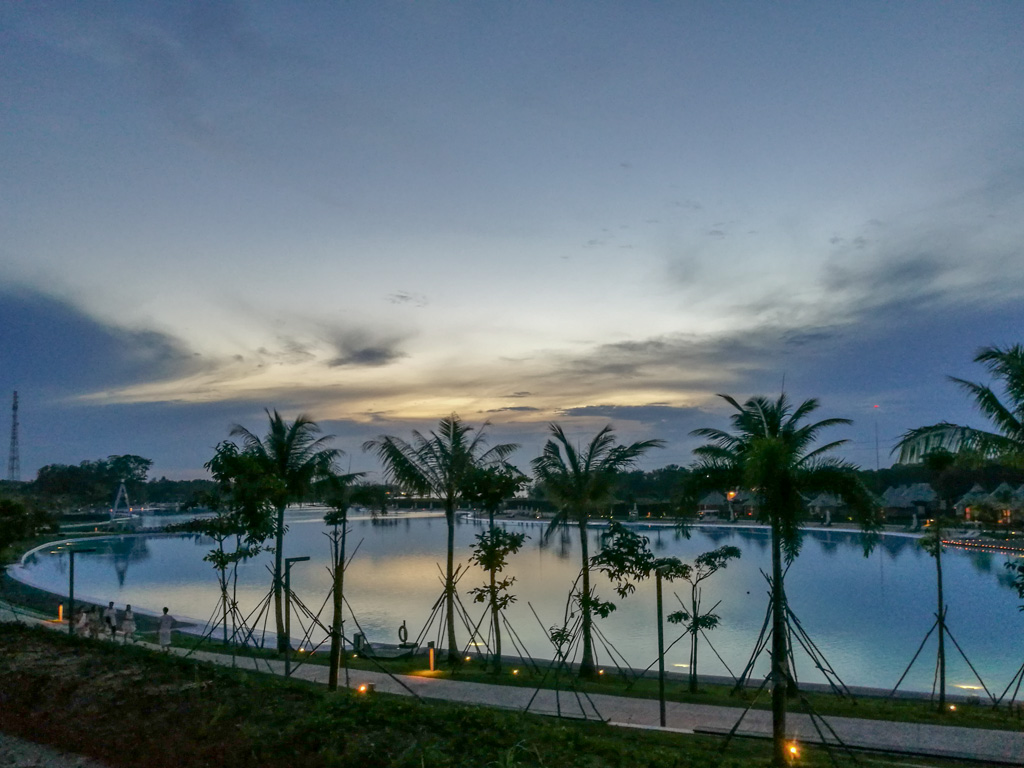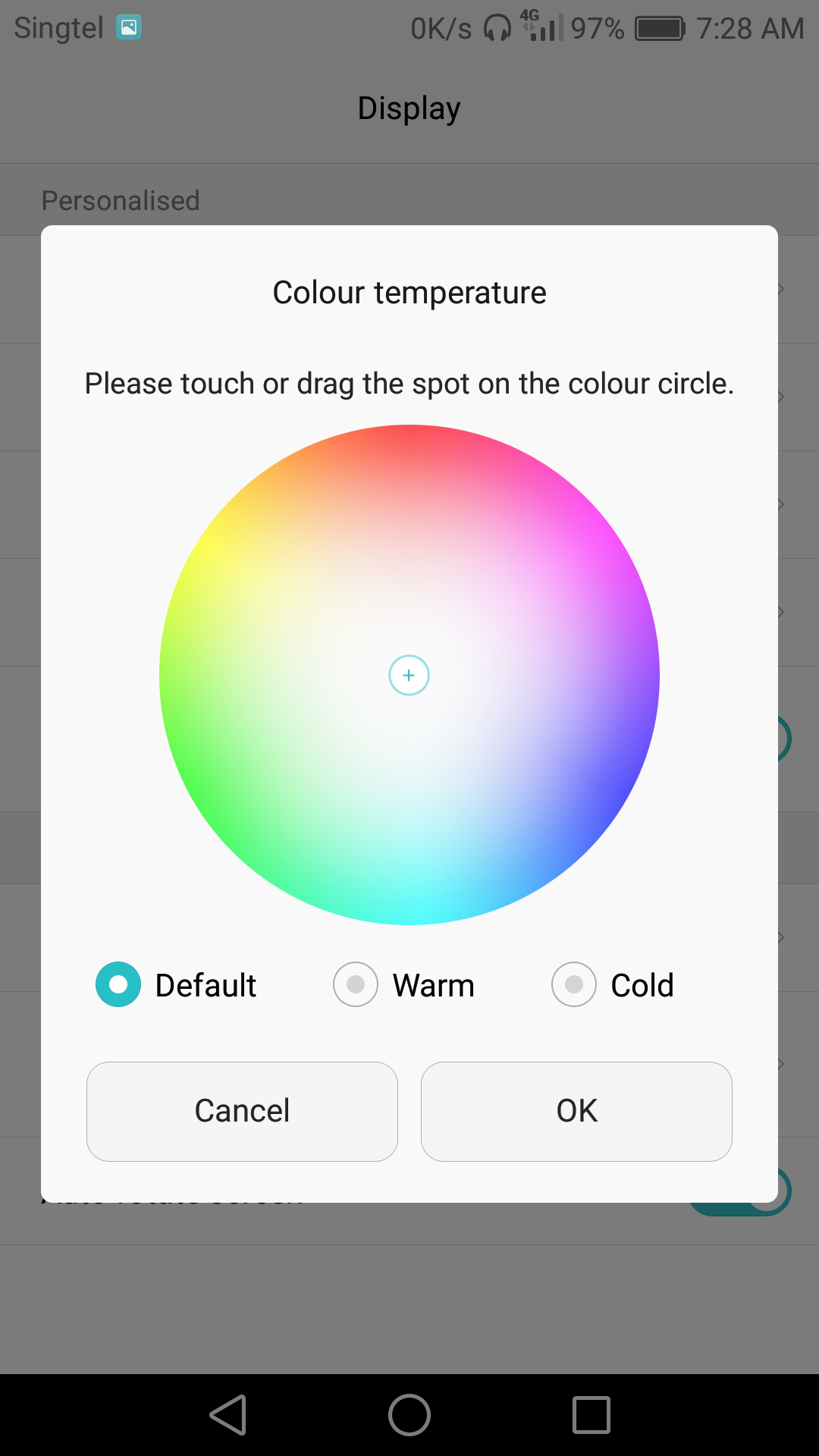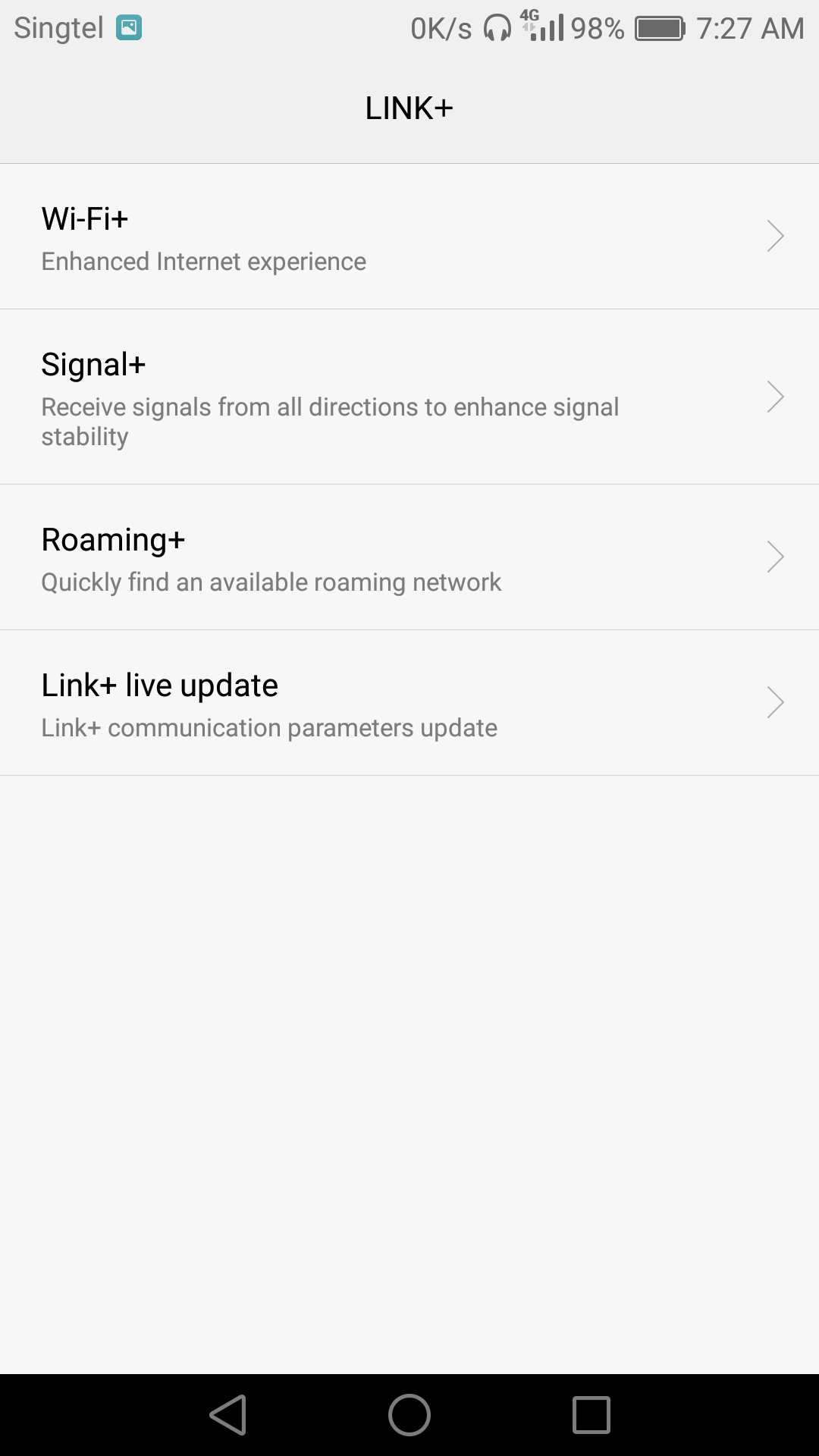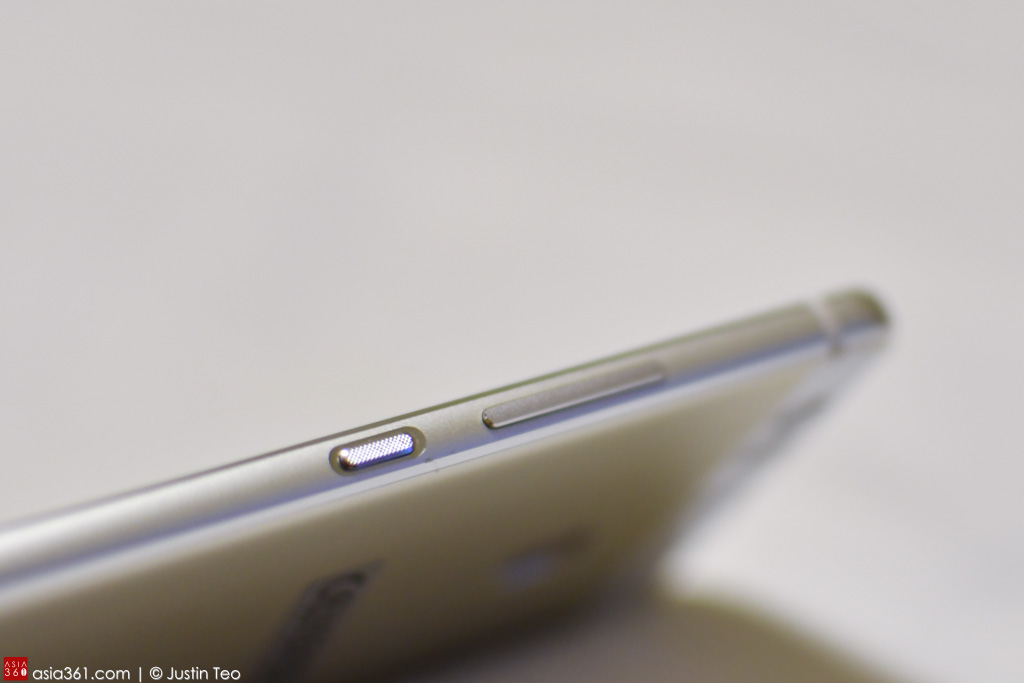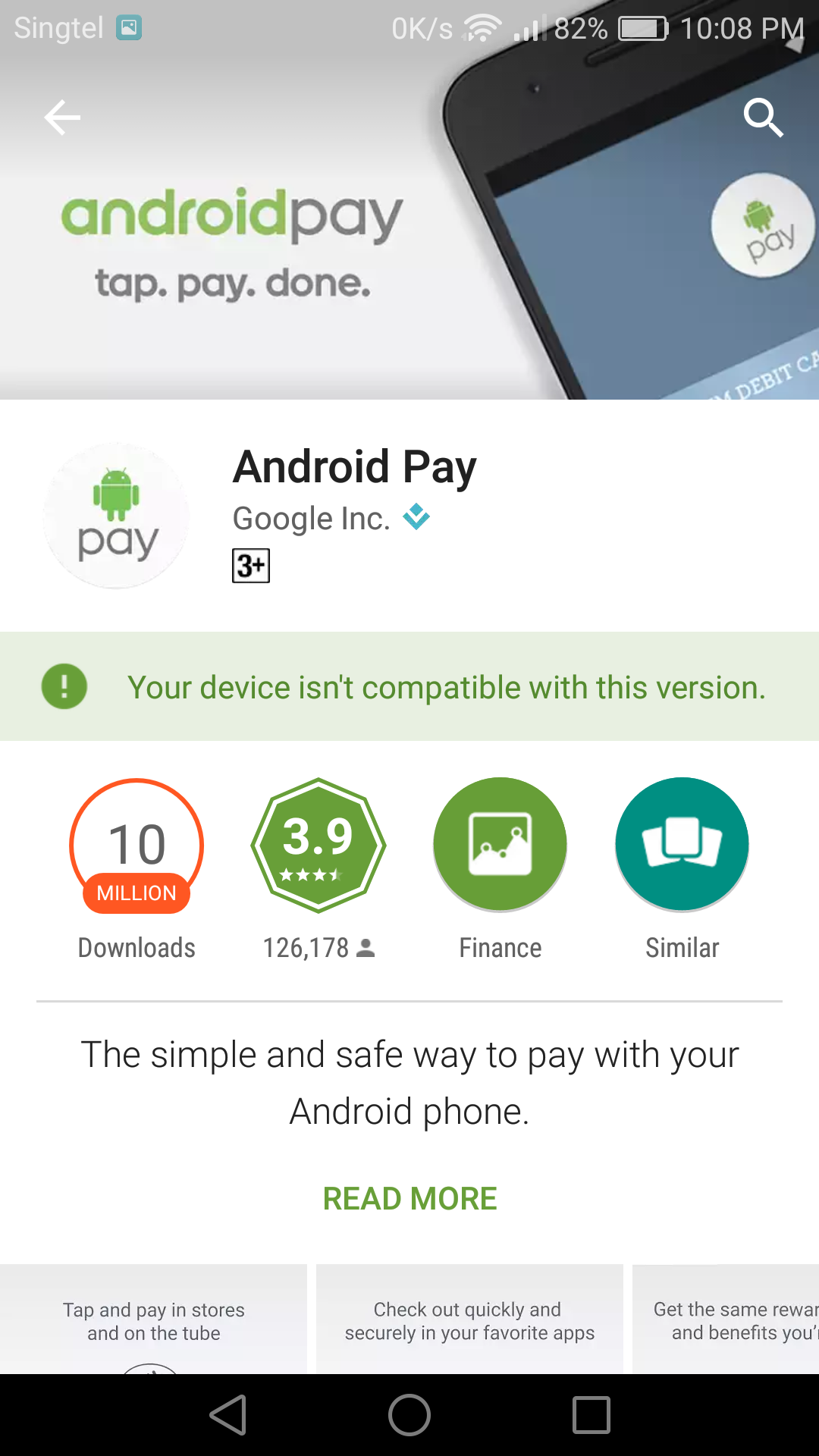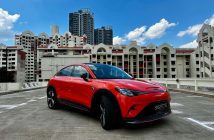Given that the flagship Huawei P9 has been released in Singapore since June 2016, with its giant posters and print advertisements all over, this phone review is either overdue, or perfectly timed for comparison with the other phone with dual cameras.
The Dual Cameras
Given Huawei’s propensity to partner with industry leaders whenever they decide to expand into new areas in telecommunication, Huawei’s choice of Leica, a luminary of camera makers, should not come as a surprise. Few names in the camera industry evoke the sort of emotional reverence that Leica does; Renowned for its legendary rangefinders and sublime lenses, the distinctive red dot can be found on the cameras of some of the most illustrious photographers in the world.
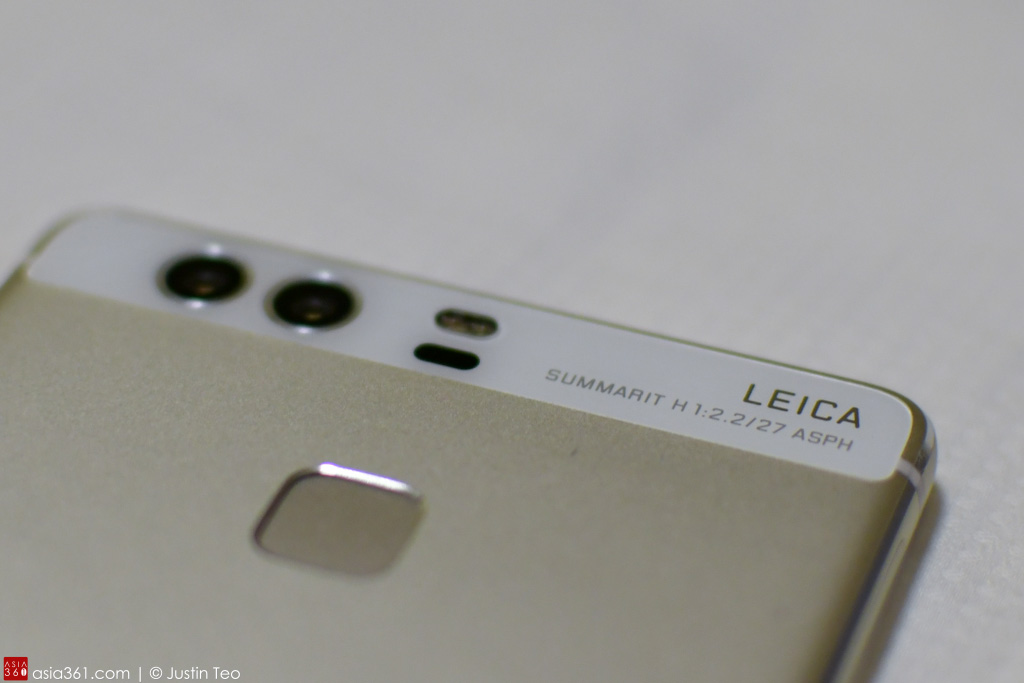
Dual cameras with Leica lenses on the Huawei P9. The dual tone flash and the laser focus sensors are also at the back, together with the fingerprint reader.
As smartphones converges in terms of performance and features, and it gets harder for consumers to pick from the crowded field of flagships, Huawei seems to be betting big by focusing on the most important feature of a modern smartphone – the camera.
The 12MP f2.2 on each of the dual cameras may not compare well on paper with cameras on other flagships, however the Huawei P9 works photography magic by using the dual cameras in tandem, and through some digital voodoo, gives better than expected photo quality. The phone takes photos with great colours and details, and the laser focus provides top-tier focusing accuracy. In addition, with one of the dual camera dedicated to monochrome, the nuanced black-and-white photo produced by the Huawei P9 may make black-and-white smartphone photography fashionable again.
All around flagship
Just because the focus is on the dual camera with Leica lenses doesn’t mean the rest of the phone is mediocre. Huawei, being a telecommunication juggernaut, uses its own Kirin 955 Octa-core chip to give the smartphone snappy responses comparable to other flagship phones. Its 5.2” inch Full-HD screen is also bright and vivid, with an option to tune the colour temperature baked right into the operating system.
Another feature which I look out for in a flagship smartphone is dual SIM slots which is critical during travels; Although only one of the SIM slots supports 4G/LTE, practically it isn’t an issue since usually typically only one SIM will be used for data while the other for voice calls. There is also an option to expand the 32GB or 64GB storage with a microSD card in one of the SIM slots.
Besides the camera performance, I was also thoroughly impressed with the battery performance of the phone. While I didn’t do a full measurement, the stamina of phone felt much longer than its 3000 mAhr battery should provide when I used the phone; I was able to outlast my friends while Pokemon hunting easily. The Huawei P9 uses the new USB-C for faster transfers and charging too.
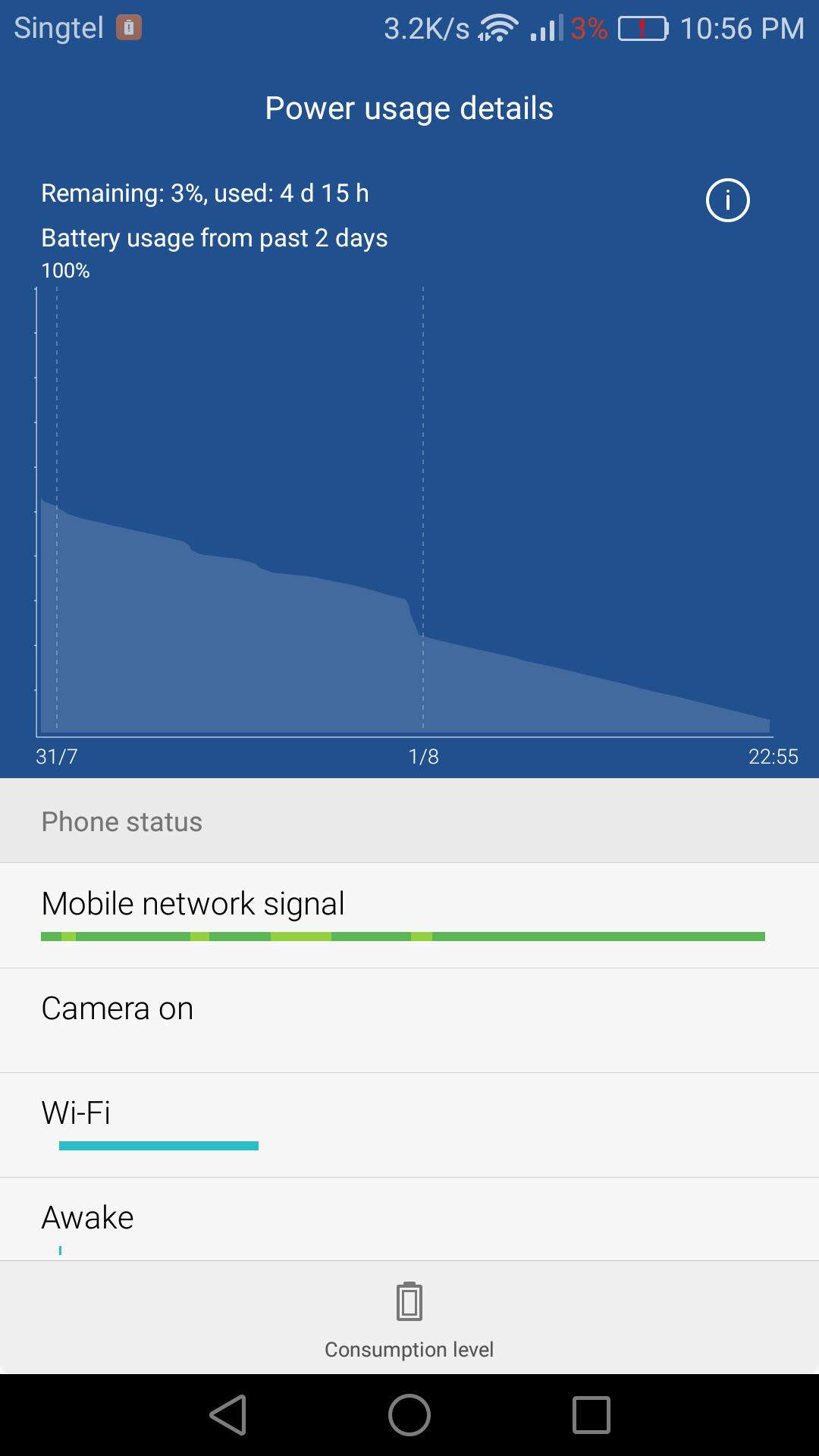
The 3000mAhr battery on the Huawei P9 just keeps going, a testament to the power efficiency of the Kirin 955 SoC.
The EMUI 4.1, which is based on Android 6.0 Marshmallow, follows Chinese conventional of not having an app drawer, so users who like to hoard apps need to perform house cleaning on the P9, otherwise your screens will be filled with pages of apps.
The Huawei P9 feels sleek when held in my hand, with its slim curved aluminium and glass profile feeling suitably well-built. The fingerprint sensor at the back also works fast and accurate to provide secured access to the phone. All in all, the Huawei P9 is able to stand toe to toe with the best of class, and if it’s still not enough, then perhaps the Huawei P9 Plus would be able to entice you with an even bigger battery and larger screen. My only gripe for the Huawei P9 phone is the lack of an NFC antenna, which means I cannot use Android Pay with the phone.

